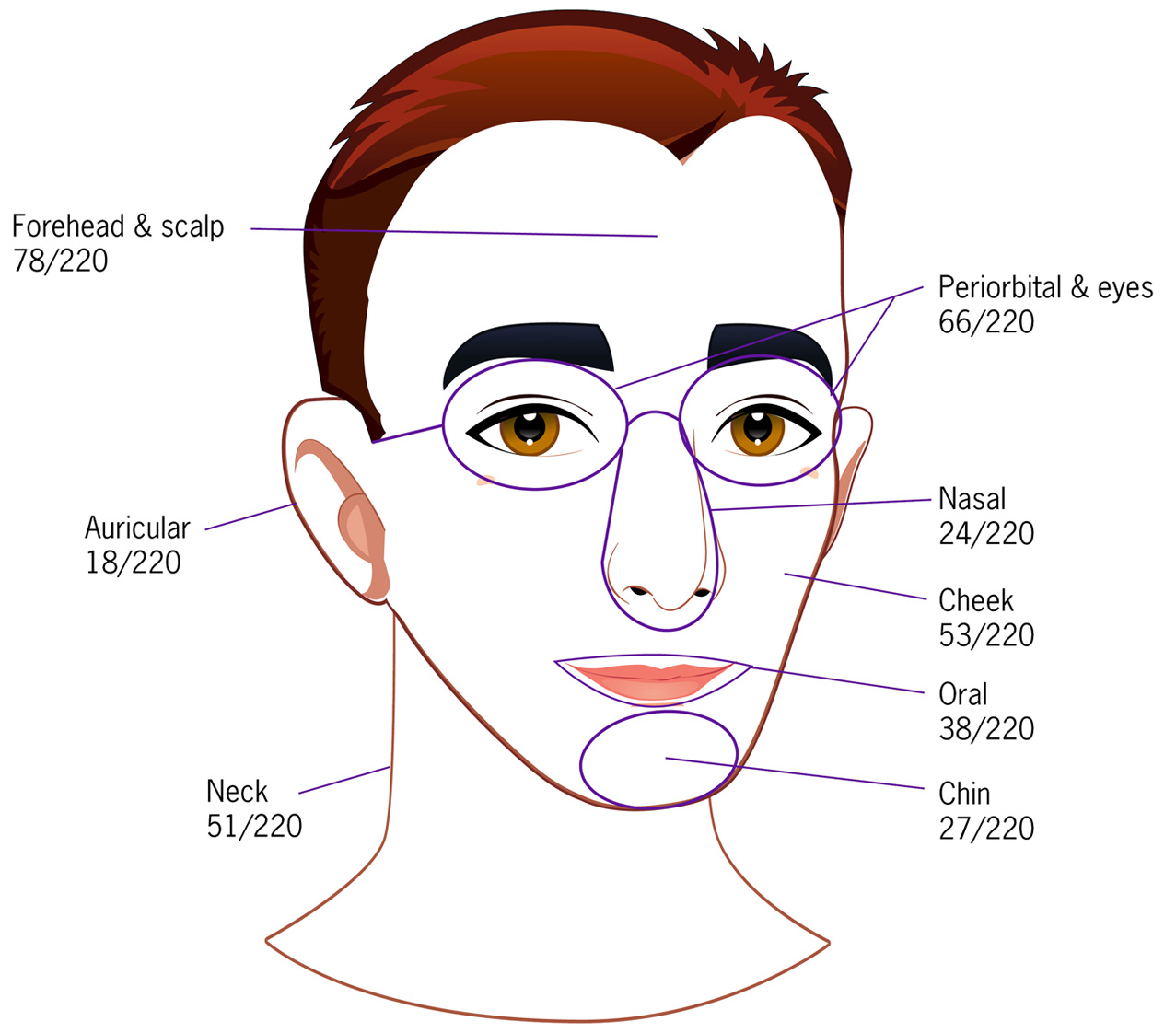Multi-center clinical characterization of patients with pediatric vitiligo: a retrospective study in Colombia

Downloads
DOI:
https://doi.org/10.26326/2281-9649.31.2.2230How to Cite
Abstract
Introduction. Pediatric vitiligo is a chronic acquired condition of the skin that differs from adult vitiligo in many clinical parameters. Few descriptive studies have been carried out to determine the clinical characteristics in Latin-American patients.
Aim. To describe the clinical features of pediatric patients with vitiligo who consulted dermatology referral centers in Bogotá D.C., Colombia.
Methods. We carried out a descriptive study of all pediatric patients with a diagnosis of vitiligo treated at three referral centers in Bogotá, Colombia between 2012-2018. Site distribution of the lesions and treatment features are presented using UpSet plots.
Results. Of 377 patients with a diagnosis of vitiligo and age <18, 355 remained after applying our exclusion criteria. Median age at diagnosis was slightly over 9 years, and frequency was not higher in females (49.01%). Non-segmental vitiligo was the most frequent type (n=213). Lesions were predominantly found in the face and neck (62%) and pelvis (31%). In a subset group (n=98), median TSH level was 2.58 mIU/L. A family history of the disease and atopic dermatitis were found in 10.4% and 11.8%, respectively. Tacrolimus was the most commonly used medication (83.4%). In turn, the most common treatment regimen consisted of tacrolimus and topical corticosteroids (32.15%). However, treatment regimens were mostly heterogeneous. On follow-up, 106/160 subjects reported a clinically significant improvement.
Conclusion. Findings such as the age of onset, lesion location distribution and first line treatments were consistent with previous reports. Some features, like family history of atopy, differed from North American, Asian, and European populations reports.
